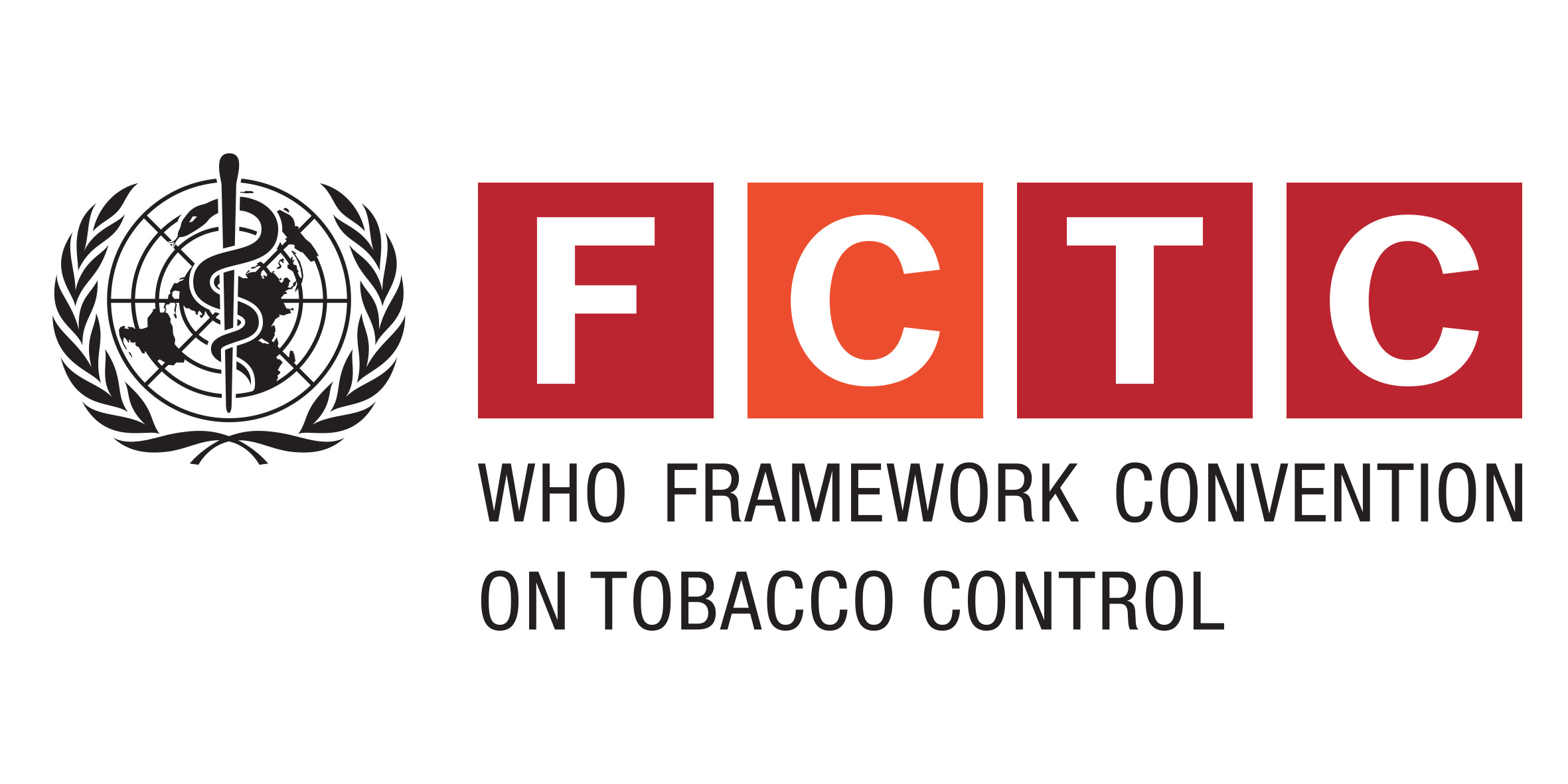Journal Article
Print(0)
Addiction (Abingdon, England)
Addiction
Sep
104
9
1588
1596
LR: 20151119; ClinicalTrials.gov/NCT00064844; GR: P50 AA1563/AA/NIAAA NIH HHS/United States; GR: R01 AA011197/AA/NIAAA NIH HHS/United States; GR: R01 AA011197/AA/NIAAA NIH HHS/United States; GR: R01 AA011197-09/AA/NIAAA NIH HHS/United States; JID: 9304118
England
1360-0443; 0965-2140
PMID: 19549054
eng
Comparative Study; Journal Article; Multicenter Study; Randomized Controlled Trial; Research Support, N.I.H., Extramural; Research Support, U.S. Gov't, Non-P.H.S.; IM
10.1111/j.1360-0443.2009.02624.x [doi]
Unknown(0)
19549054
AIMS: The primary aim was to compare the efficacy of smoking cessation treatment using a combination of active nicotine patch plus active nicotine gum versus therapy consisting of active nicotine patch plus placebo gum in a sample of alcohol-dependent tobacco smokers in an early phase of out-patient alcohol treatment. A secondary aim was to determine whether or not there were any carry-over effects of combination nicotine replacement on drinking outcomes. DESIGN: Small-scale randomized double-blind placebo-controlled clinical trial with 1-year smoking and drinking outcome assessment. SETTING: Two out-patient substance abuse clinics provided a treatment platform of behavioral alcohol and smoking treatment delivered in 3 months of weekly sessions followed by three monthly booster sessions. PARTICIPANTS: Participants were 96 men and women with a diagnosis of alcohol abuse or dependence and smoking 15 or more cigarettes per day. INTERVENTION: All participants received open-label transdermal nicotine patches and were randomized to receive either 2 mg nicotine gum or placebo gum under double-blind conditions. FINDINGS: Analysis of 1-year follow-up data revealed that patients receiving nicotine patch plus active gum had better smoking outcomes than those receiving patch plus placebo gum on measures of time to smoking relapse and prolonged abstinence at 12 months. Alcohol outcomes were not significantly different across medication conditions. CONCLUSIONS: Results of this study were consistent with results of larger trials of smokers without alcohol problems, showing that combination therapy (nicotine patch plus gum) is more effective than monotherapy (nicotine patch) for smoking cessation.
Adult, Alcoholism/psychology/rehabilitation, Drug Therapy, Combination, Female, Humans, Male, Middle Aged, Nicotine/administration & dosage, Nicotinic Agonists/administration & dosage, Patient Compliance, Placebos/administration & dosage, Secondary Prevention, Smoking/drug therapy/psychology, Smoking Cessation/methods/psychology, Treatment Outcome
Cooney,N. L., Cooney,J. L., Perry,B. L., Carbone,M., Cohen,E. H., Steinberg,H. R., Pilkey,D. T., Sevarino,K., Oncken,C. A., Litt,M. D.
Yale University School of Medicine, New Haven, CT, USA. ned.cooney@yale.edu
20090622
PMC2753831
http://vp9py7xf3h.search.serialssolutions.com/?charset=utf-8&pmid=19549054
2009

